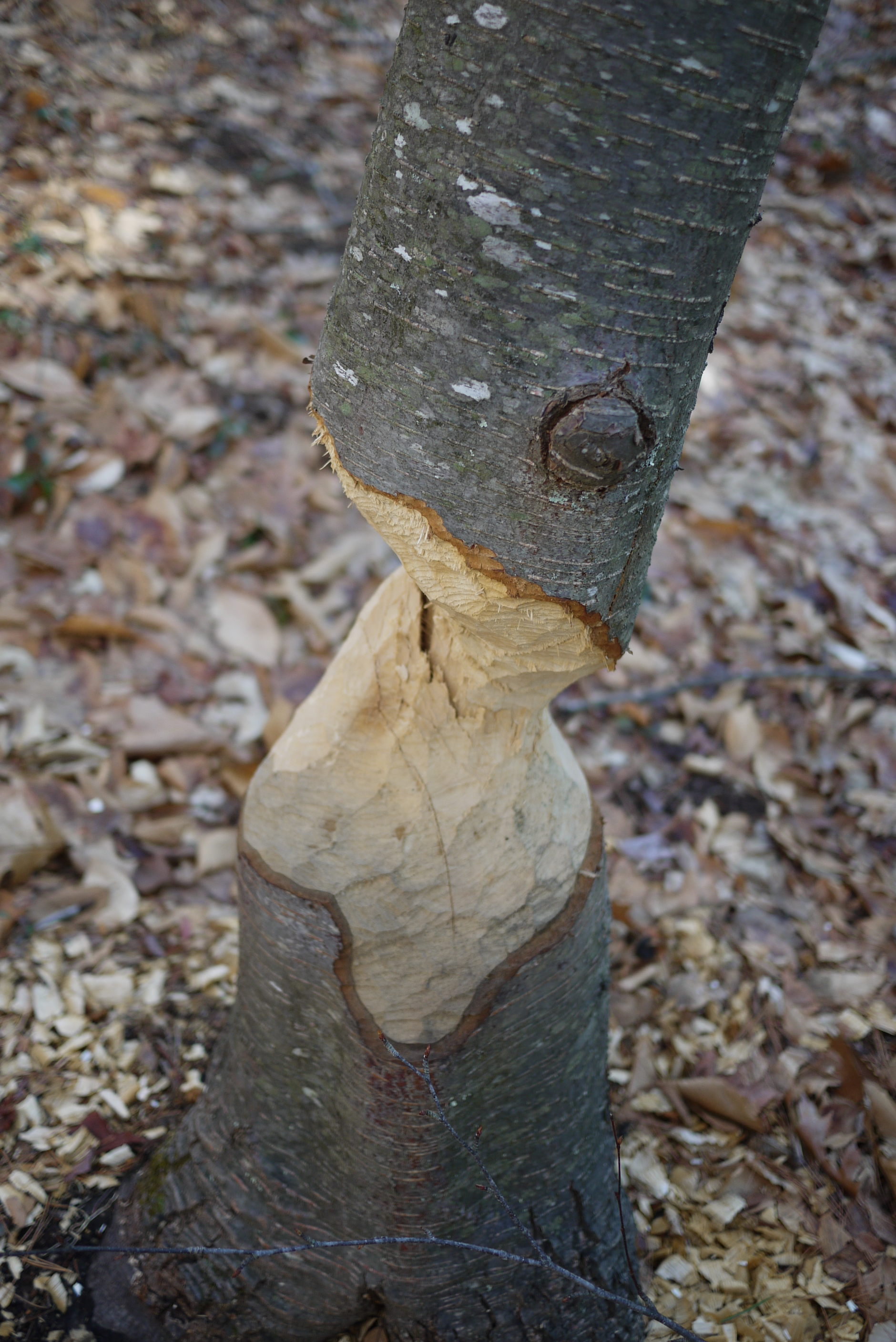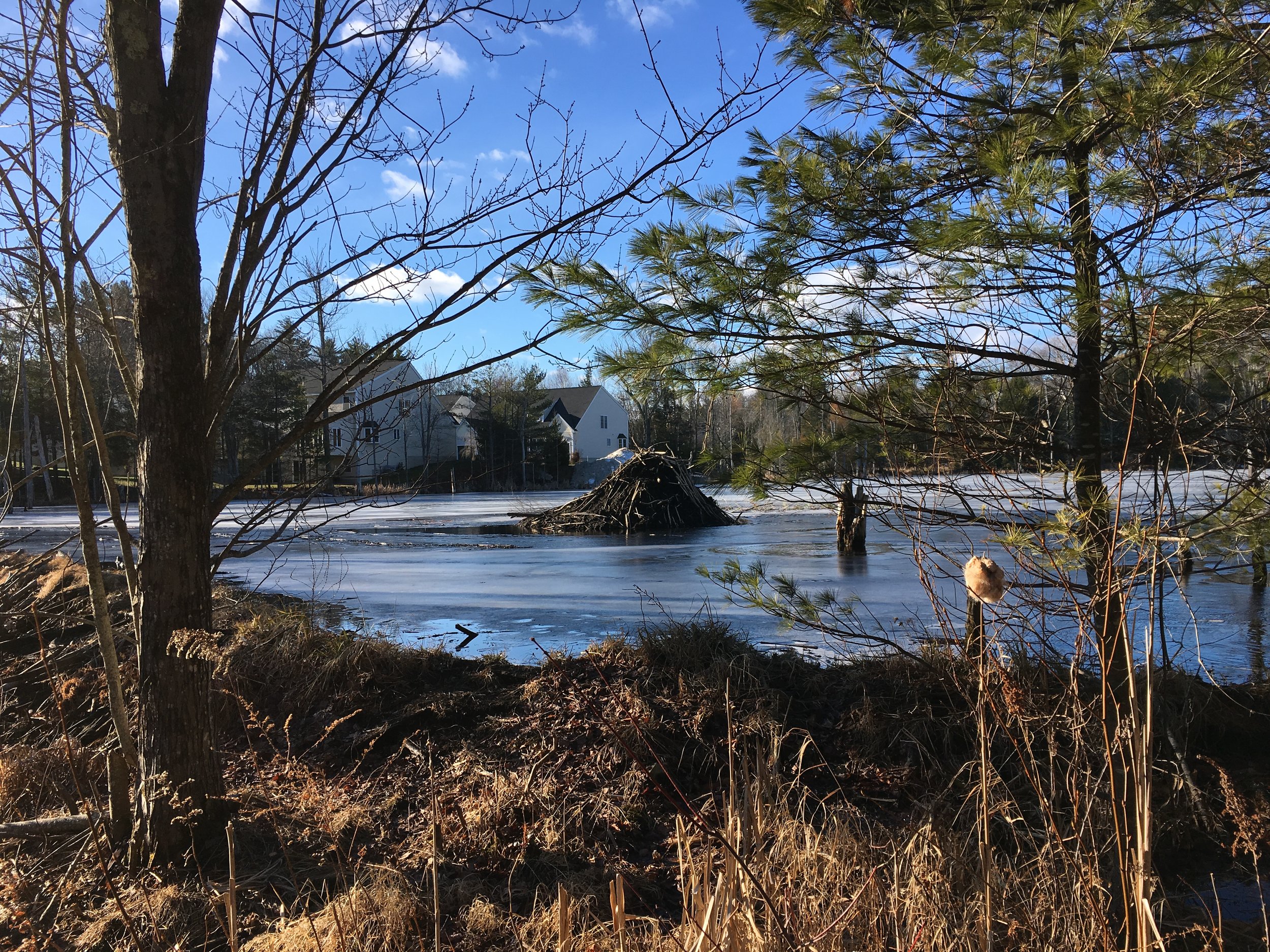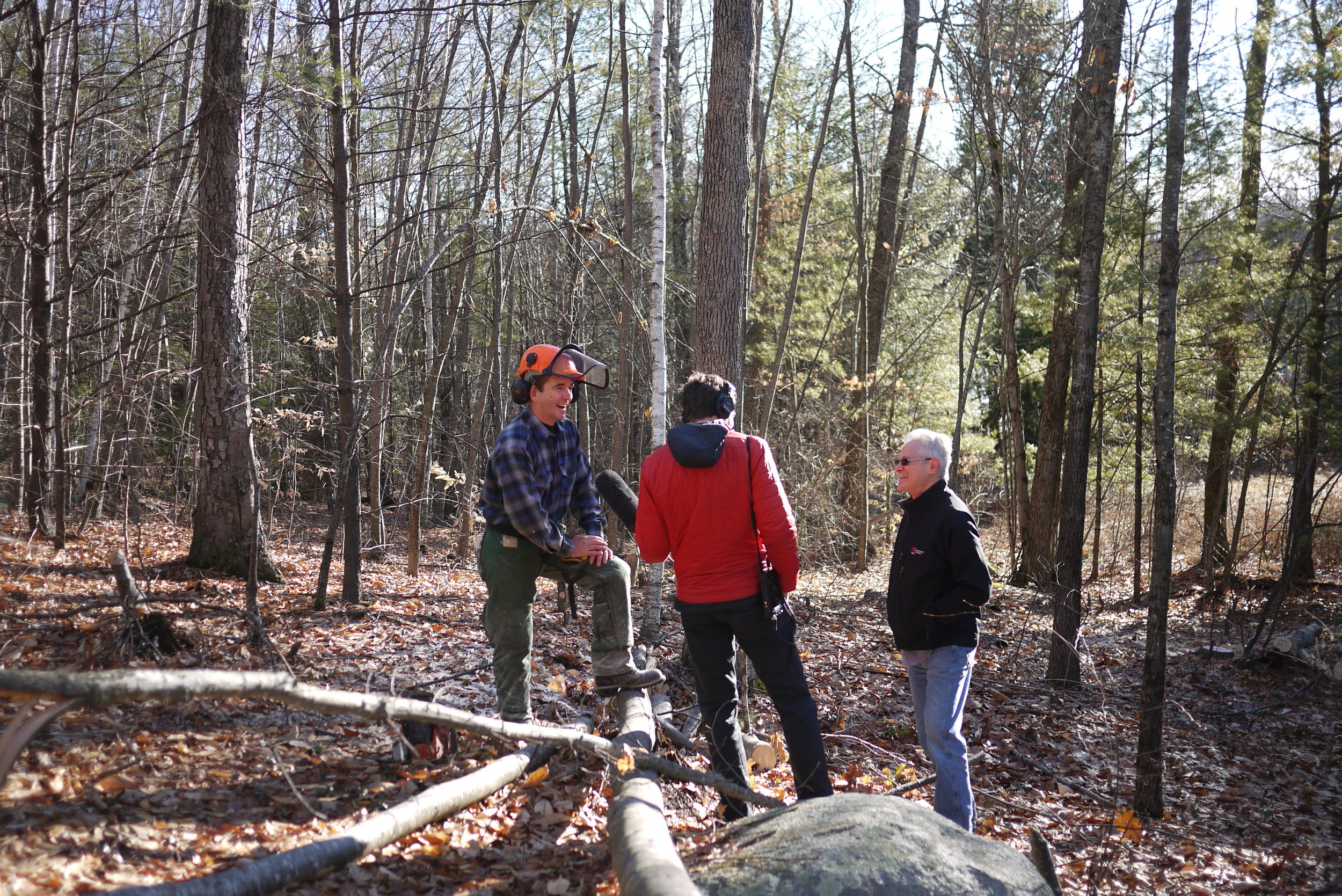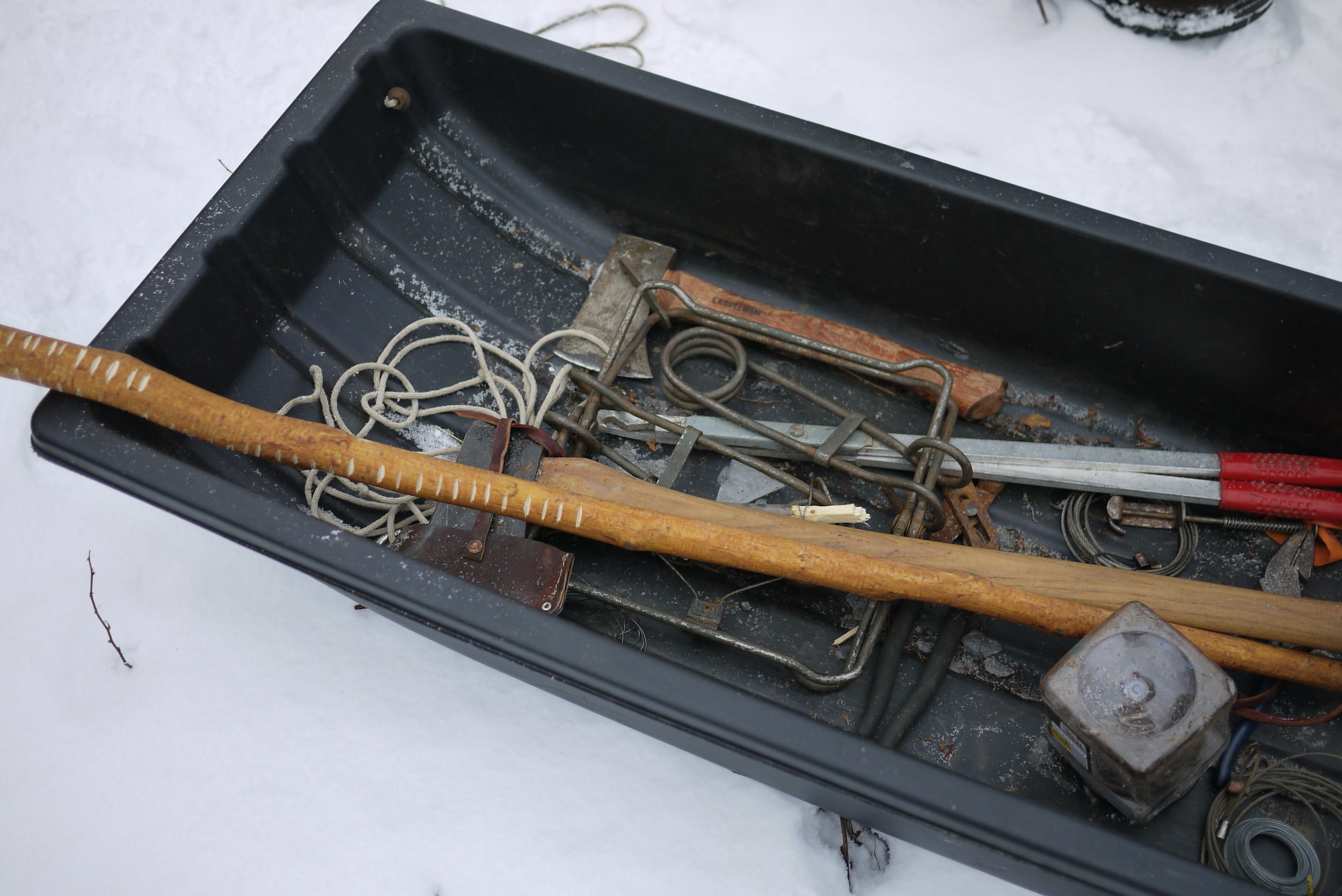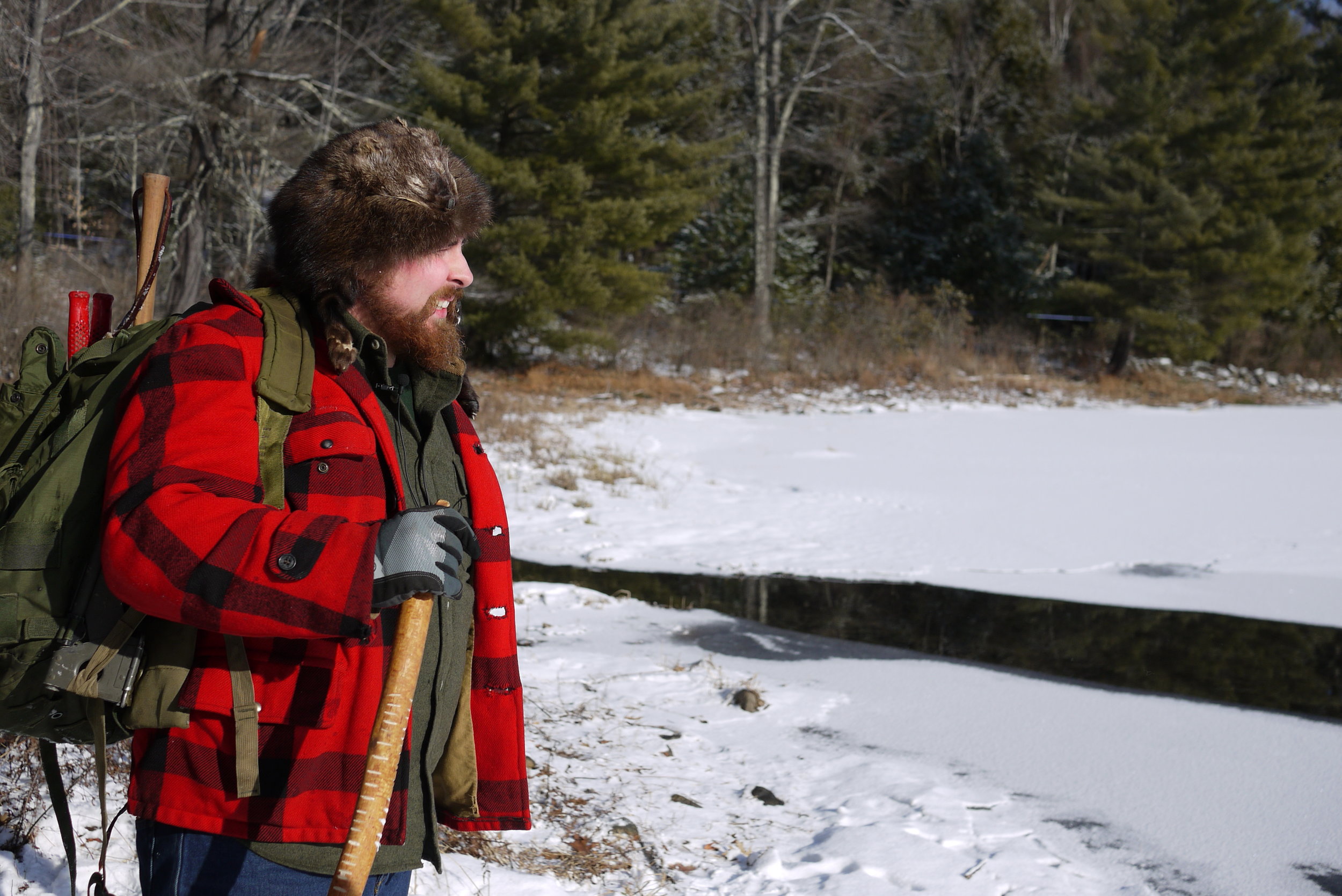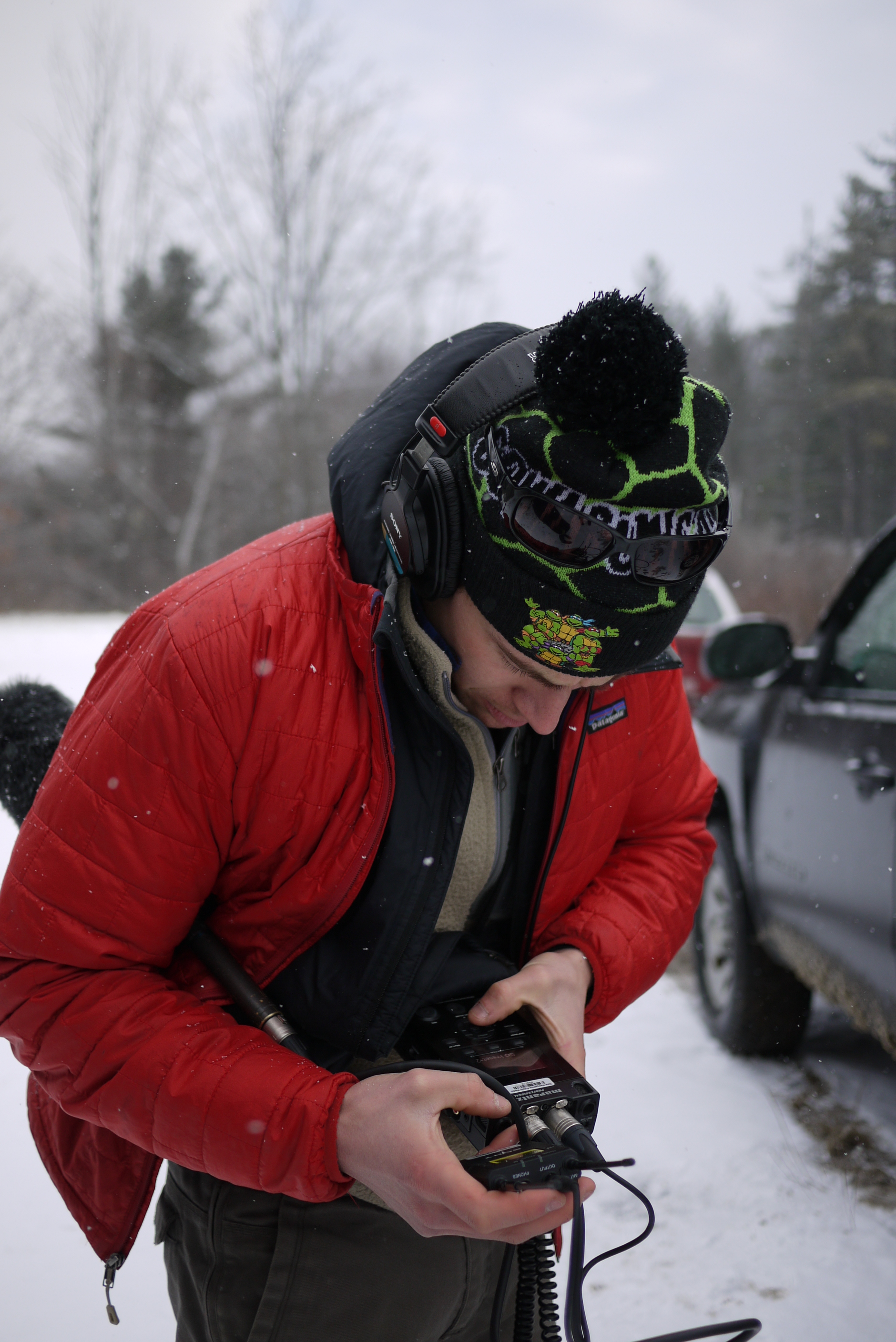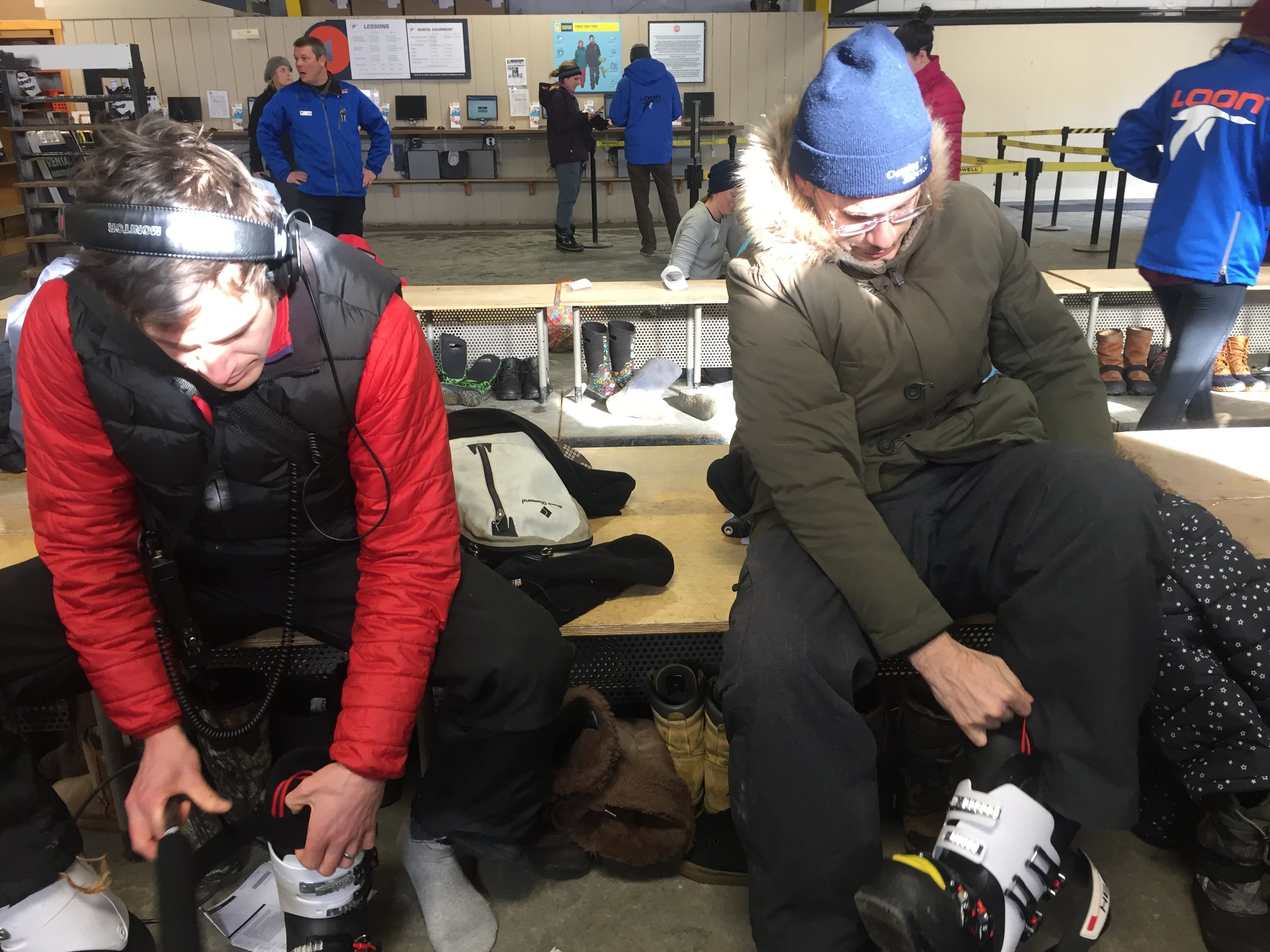It was in some ways, an open secret: kept widely, but still, somehow, closely. Phillips used to say that if he ever crossed the line, he’d be arrested the next day, because so many people knew who he was. This group included members of the local police department, who would occasionally help him on his raids by leaving notes in a bottle in a certain tree stump, notifying him of where and when security patrols would pass by his targets.
The Fox was not universally adored—you can find letters to the editor in the newspaper on both sides of the issue—but for three whole decades, his secret never found its way into the hands of people who would prosecute him. He was even caught by the police twice, read his rights, but never charged.
“There were sometimes where he had to break windows on companies to put a sign in, or throw a skunk juice in there, and he would leave a money order to repair the window,” says Jim Spring.
After his famous raid on the offices of US Steel, he heard that the odor of the effluent he poured on the carpet had made the secretary feel nauseous, so he sent her flowers.
Over time, the Fox’s raids became lower profile, and he dropped out of the limelight. But Jim Spring and Nancy Spring-Epley still remember the last raid they helped their uncle with, in 1988. They crossed a river, broke a window, and squirted a syringe-full of a chemical used in stink bombs into the headquarters of some small-time polluter.
Once he got back home from the caper, Jim Spring says he was shaking, couldn’t sleep and had to get himself a glass of scotch. “I remember thinking, ‘I’m married, I have a mortgage. There’s no way I can deny any of this.’” He recalls. “This is no longer a fun thing a teenager does with Uncle Jim; this is what adults do to fight corruption.”
But even as the Fox was winding down, others were picking up the baton of radical environmental activism. And some of them had very different ideas about how to get their message across.
Eco-radicals Rising
One night in October of 1998, eight fires erupted all across the ridges and peaks of Vail Mountain Resort. The fires went up one after another: snack-bars, chairlifts, and the largest building—the one that the news helicopters would circle around for hours as it went from a small blaze, to a structure fire, to eventually a smoldering pile of cinders—the Two Elks Lodge.
Immediately, investigators suspected arson, and found a trail of footprints from someone who ran down the mountain, following the path of where each fire was set. They found evidence that the fire had been set using five-gallon buckets full of diesel and gasoline. A few days after the fire, they learned they were right. An anonymous email, sent to a local radio station, said the fire had been set by a group called the Earth Liberation Front. They said the fires were set to protest the ski area’s expansion into an area they claimed was lynx habitat.
But after that, the trail went cold. For years, no arrests were made.
By some accounts the Fox was the first environmentalist who was willing to go outside of the law to try to make his point, but he certainly wasn’t the last. Not long after came Greenpeace, filming their confrontations with whaling ships and nuclear weapons testers. And then there was Edward Abbey’s Novel the Monkey Wrench Gang, in which a team of misfit eco-saboteurs traveled around the west, destroying billboards, disabling bulldozers, and destroying bridges. The book inspired groups like Earth First! (which is always written with an exclamation point, by the way) to start doing things like hammering clandestine metal spikes into trees that would damage loggers’ chainsaws if they tried to cut them down. And if you follow this lineage all the way to the end, or at least what so far has effectively been the end, you find the group that set fire to the lodges in Vail: the Earth Liberation Front.
The ELF had a things in common with terrorist organizations: they operated in cells, which were organized individually, not directed by some top-down central office. They didn’t know who the members of other cells even were. The most active groups were in the Pacific Northwest, and they targeted companies who they believed were doing environmental harm, including meat-packers, timber companies, SUV dealerships, and biotech research labs. They made sure that these buildings were unoccupied, so no one was ever injured, but they caused massive property damage. They watched as timber companies harvested stands of old-growth forest with 500 years old trees, and felt that the action happening through official channels wasn’t working.






















